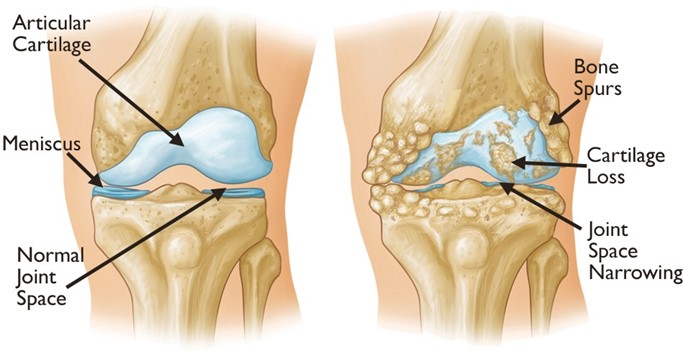A nurse is caring for a client who is receiving IV fluids. The nurse realizes that the incorrect IV solution is infusing. Which of the following actions should the nurse take?
Complete an incident report
Allow the current solution to finish infusing, then change the bag
Document that an error occurred in the client's medical record.
Remove the IV catheter.
The Correct Answer is D
d. Remove the IV catheter.
Explanation:
The correct answer is d. Remove the IV catheter.
If the nurse realizes that the incorrect IV solution is infusing, it is essential to take prompt action to prevent harm to the client. Removing the IV catheter is the appropriate course of action to stop the infusion of the incorrect solution.
Option a, completing an incident report, may be necessary after the immediate situation has been addressed, but it should not be the nurse's first action. The priority is to stop the incorrect solution from infusing.
Option b, allowing the current solution to finish infusing and then changing the bag, is not the correct action. Continuing the infusion of the incorrect solution can potentially harm the client and must be stopped immediately.
Option c, documenting that an error occurred in the client's medical record, is important, but it should be done after taking immediate action to stop the incorrect solution from infusing. Documentation should include the details of the incident, any actions taken, and the client's response.
By promptly removing the IV catheter, the nurse stops the infusion of the incorrect solution and prevents further harm to the client. Afterward, the nurse should assess the client for any adverse effects, inform the appropriate healthcare providers, and follow the facility's policies and procedures for reporting incidents and documenting the error.
Nursing Test Bank
Naxlex Comprehensive Predictor Exams
Related Questions
Correct Answer is B
Explanation
Applying heat to the affected joints can help relieve pain and stiffness. A heating pad or warm compress can be used to apply heat to the hands.
The other options are not correct because:
a) Sleeping on a soft mattress is not mentioned as a way to manage osteoarthritis symptoms.
b) Aspirin should be taken with food or milk to reduce stomach irritation.
c) Exercising inflamed joints excessively can worsen symptoms. It is important to balance rest and activity.

Correct Answer is B
Explanation
b. "I should join a support group to help me be successful."
The statement that indicates an understanding of smoking cessation teaching is option b: "I should join a support group to help me be successful." Joining a support group is a beneficial strategy for quitting smoking as it provides social support, encouragement, and shared experiences with others who are also trying to quit.
Option a is incorrect because using nicotine patches does not allow for continued smoking as it delivers nicotine without the harmful effects of smoking.
Option c is incorrect because nicotine replacement therapy (NRT) is a safe and effective method to manage nicotine withdrawal and does not cause cancer.
Option d is incorrect because varenicline is a medication that helps reduce nicotine cravings and withdrawal symptoms, and it does not make a person addicted to nicotine.
Whether you are a student looking to ace your exams or a practicing nurse seeking to enhance your expertise , our nursing education contents will empower you with the confidence and competence to make a difference in the lives of patients and become a respected leader in the healthcare field.
Visit Naxlex, invest in your future and unlock endless possibilities with our unparalleled nursing education contents today
Report Wrong Answer on the Current Question
Do you disagree with the answer? If yes, what is your expected answer? Explain.
Kindly be descriptive with the issue you are facing.
